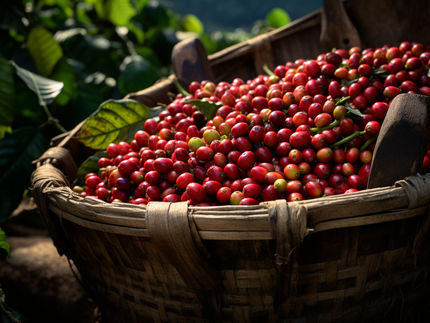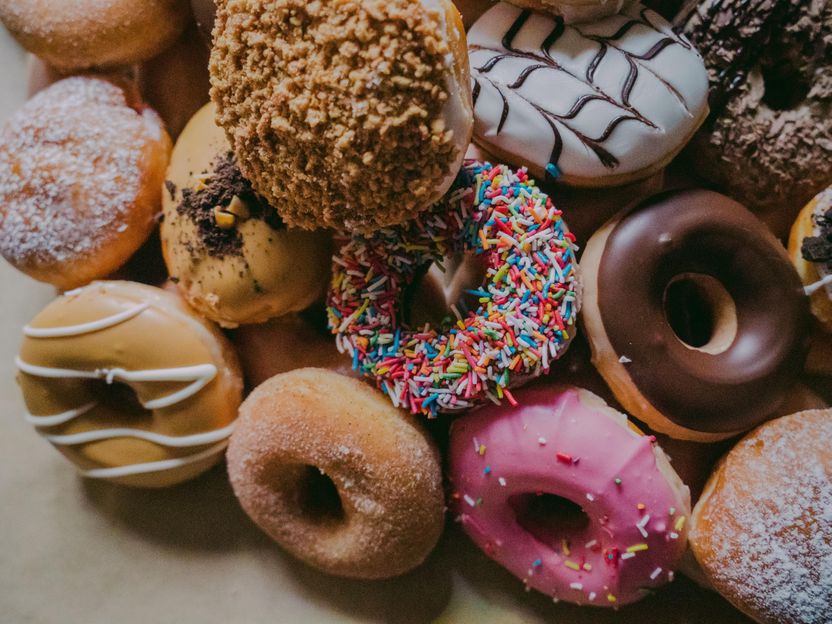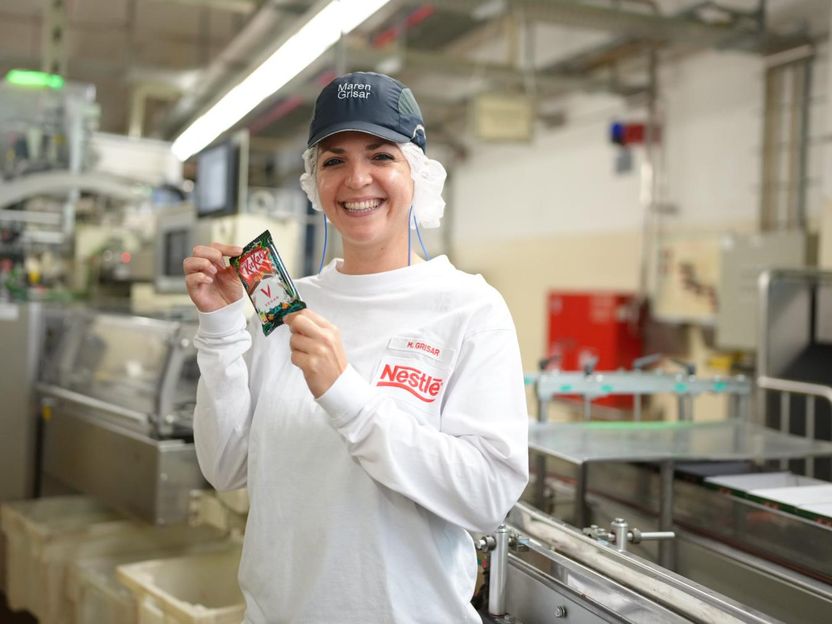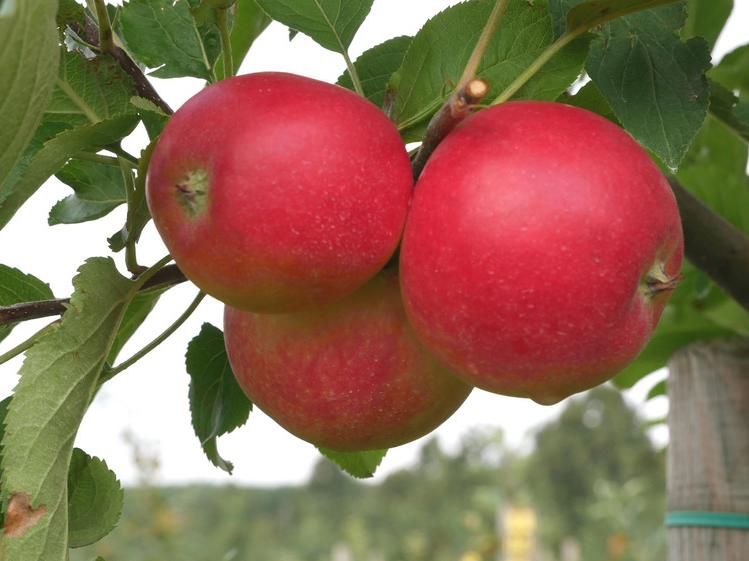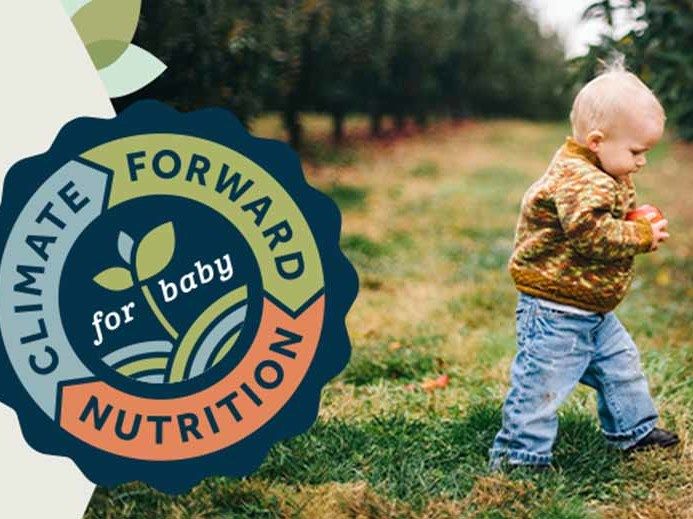Coffee farming adapts in the face of climate change
Advertisement
If Felix Monge looked at his coffee farm solely as a business, he might be tempted to switch careers. With temperatures increasing and rainfall unpredictable, it’s much more difficult than it used to be to coax coffee from the rolling green hills of his farm, Finca Guadalupe, south of the Costa Rican capital. But for Monge, a second-generation farmer, coffee is not just a source of capital; it’s a calling.
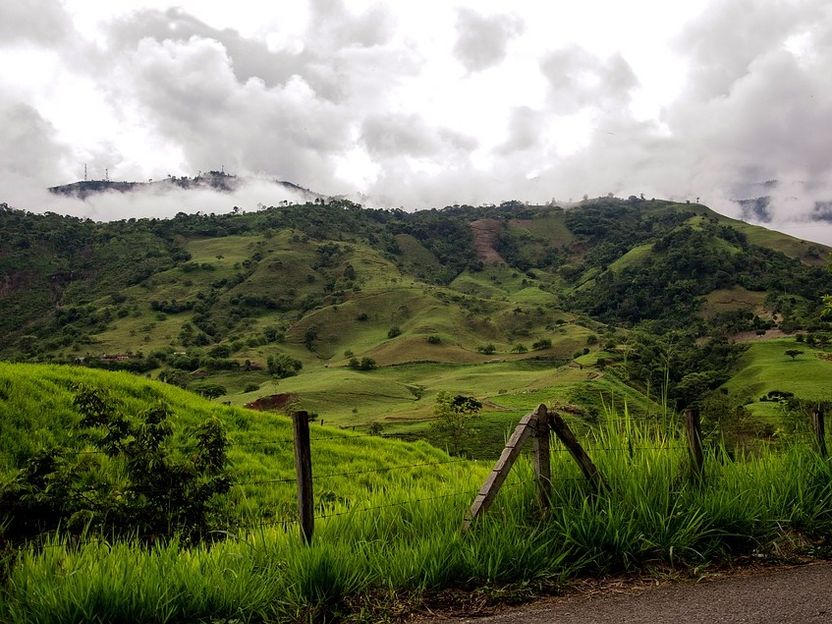
USA-Reiseblogger/Pixabay
“We love to grow coffee,” said Monge, 37, a small-holder farmer who delivers his coffee to Coopetarrazu, a local co-op that sells to Starbucks. “All that we have here — our car, our house, our education — everything comes from the coffee.”
Which is why Monge is so concerned about how climate change is impacting his crop. In the last five years, Monge said the average temperature has increased and the rainy season is no longer as reliable. In 2017, for example, his farm received more than double the average amount of rainfall. The year before, some months brought more rain than normal and others brought far less, according to statistics from ICAFE, Costa Rica’s coffee institute. Meanwhile, the average temperature in March 2016 was a full degree Celsius above the norm, which made Monge worry about his fields. “Higher temperatures can be really dangerous for the flowering process because it dries out the plant,” he said.
Drought during the rainy season. Rain during the dry season. Temperatures soaring to new highs or dipping below freezing, upending long-term weather patterns. With coffee farmers obliged to confront warmer temperatures, some farmers are planting their coffee at higher elevations to maintain their harvests, which in turn can encroach upon the forests in those areas, according to research published in the journal PLoS ONE.
“Coffee is a finicky crop,” said Bambi Semroc, vice president of sustainable markets and strategies for Conservation International, a non-profit devoted to environmental protection that has partnered with Starbucks to ensure that the coffee it purchases is sustainably produced. “It needs to grow at a precise altitude and receive a precise amount of rainfall. You already have these limiting factors, then climate change comes along and wreaks havoc on the land that you thought was suitable for coffee production.”
Likewise, as suitable growing areas decrease, farmers may look to plant in protected locations situated in biodiversity hotspots, such as forested areas located higher up on mountainsides that are designated for conservation. Biodiversity hotspots are biologically diverse geographic areas threatened by habitat loss, disease and pollution. In fact, to keep pace with demand, coffee production will need to increase by as much as 14 million tons of coffee annually, according to research from Conservation International. As of 2016, coffee yield stood at 9 million, reported the United Nations’ Food and Agriculture Organization, which works to achieve food security and access to sufficient quality food for all.
One particularly sobering report from the International Center for Tropical Agriculture, which assists farmers in developing countries to more sustainably use their resources, predicts that climate variations could potentially slash the world’s suitable coffee-growing areas in half. As farmers seek more hospitable growing areas, there is concern that they will try to establish farms on forested land, leading to deforestation, which further entrenches the cycle of climate change. More than 50 percent of land suitable for cultivating high-quality Arabica coffee is forested, according to Conservation International. Arabica coffee is the only kind of coffee that Starbucks sources and serves.
In its Global Social Impact Performance Report, Starbucks details its efforts to address climate change
Starbucks’ joint efforts with Conservation International to work with farmers to adapt to climate change are highlighted in the company’s 2017 Global Social Impact Performance report, that published Friday. Among other goals, Starbucks seeks to make coffee the world’s first sustainable agricultural product. The report also shares the company’s progress toward minimizing its environmental footprint, investing in its employees through education and training and creating a welcoming environment in the communities in which it operates.
“When we talk to farmers, they say, ‘We don’t know when the rains are going to start. They don’t start at the same time anymore,’” Semroc said. “It makes everything harder.”
Coffee is vulnerable because it relies on the perfect balance of water to thrive: By some estimates, a typical cup of coffee requires 140 liters to produce. But that doesn’t mean it can tolerate unlimited soaking. Coffee doesn’t grow well in soil that’s been flooded.
The coffee tree is a creature of habit: It likes steady temperatures, which are increasingly harder to come by as weather patterns fluctuate. Climate trends have been on the rise since the 1970s, according to U.S. government data. When temps rise, coffee growth can be stunted, its flowering and fruiting hobbled. Widely ranging temperatures also increase the risk that coffee trees will fall prey to pests and disease. And storms that are increasing in both frequency and strength globally are damaging trees.
The combination of temperatures and rainfall yo-yoing up and down, coupled with aging trees and the need for improved farm management techniques, can lead to disease outbreaks such as coffee leaf rust, or roya, which is devastating coffee crops in Latin America. Farmers also find themselves contending with new funguses and beetles, which are also adapting to climate change by invading new regions. “We didn’t have rust in our region five years ago,” said Monge. “Now we have it everywhere.”
Monge is finding that controlling diseases and pests that afflict his crop due to climate change is causing his production costs to spike 30 percent. He has to control roya by changing the varietals he grows to new strains that are rust-resistant.
Even then there’s no guarantee. “There are 58 kinds of roya and in Costa Rica we have three,” said Monge. “How do we know that our new trees won’t develop different kinds of roya?”
In addition, introducing new varietals slashes a farmer’s earnings because it can take five years or so to completely switch to a new crop and three years for a newly planted tree to start producing coffee cherries.
Starbucks and Conservation International team up to find solutions
Considering that the coffee industry is projected to experience doubled, if not tripled, increase in demand for coffee by 2050, problem-solving is critical — and it’s already begun.
Coffee companies such as Starbucks may need to begin sourcing coffee from new regions, nurturing relationships with new suppliers.
Starbucks has joined forces with Conservation International and more than 100 other partner organizations, including Nespresso, to establish the “Sustainable Coffee Challenge,” an initiative that supports the well-being of farms and the environment in the pursuit of making coffee the world’s first sustainable agricultural product. Earlier this month, Nestlé Nespresso S.A announced a $7 billion deal to sell and distribute Starbucks packaged coffee globally in its regional markets.
Starbucks has achieved 99 percent ethically sourced coffee and is dedicated to helping support farmers by providing healthy trees to replace old, disease-ridden coffee trees. The company plans to supply 100 million coffee trees to producers by 2025.
Since 2014, Starbucks has relied upon a coffee verification program called Coffee and Farmer Equity Practices — C.A.F.E. Practices — to ensure its coffee is ethically sourced. Conservation International recently published its C.A.F.E. Practices Impact Assessment Report about the program. The report covers five years from 2011 to 2015 and shows the impact of C.A.F.E. Practices and how the program is changing over the years.
At its working farm in Costa Rica, Starbucks’ director of global agronomy is developing drought-resistant, climate-resilient varietals that are designed to adapt to changing climates. Arabica coffee is particularly at risk because it’s especially sensitive to shifts in temperature and rainfall. At Hacienda Alsacia, the company’s farm and agricultural laboratory outside San Jose, Costa Rica, agronomist Carlos Mario Rodriguez is experimenting with creating specially bred hybrids that will stand up against coffee leaf rust, or roya. Roya is becoming more pervasive in the face of climate change. “We had a tipping point in the industry where climate change led to warmer, windier weather that points up the need to innovate to strengthen the coffee industry,” said Rodriguez.
Conservation International believes that much of the key to responding nimbly to climate change lies in nature itself. Maintaining forests, for example, helps absorb excess carbon in the atmosphere. Planting trees in rows around the perimeter of coffee farms creates natural “wind breaks,” decreasing the impact of windy weather on coffee trees. And nurturing shade trees that tower above coffee trees helps to buffer the coffee crop from too much sun and guard it from punishing rains. Monge is a big proponent of shade trees, interspersing them with banana trees on his plantation to protect his coffee trees from direct sunlight. The coffee trees also benefit from the leaves that fall from the shade trees and banana trees, enriching the soil and preventing erosion.
“We’re not looking at the short-term impact on coffee,” said Kelly Goodejohn, director of Starbucks’ ethical sourcing program. “Starbucks is taking the long view and has been taking the long view for 20 years, which is why we’ve developed a network of Farmer Support Centers, a loan program for farmers and our commitment to providing 100 million trees to coffee farmers. All these things help strengthen our supply chain today and for the future.”
The company is optimistic that the coffee industry can serve as an example of how to build a sustainable industry, Goodejohn said.
Semroc is hopeful as well, pointing to the dozens of companies and organizations that are part of the Sustainable Coffee Challenge. But only time will tell. “Coffee is like this canary in the coal mine for corporations that will be significantly affected by climate change,” she said.



